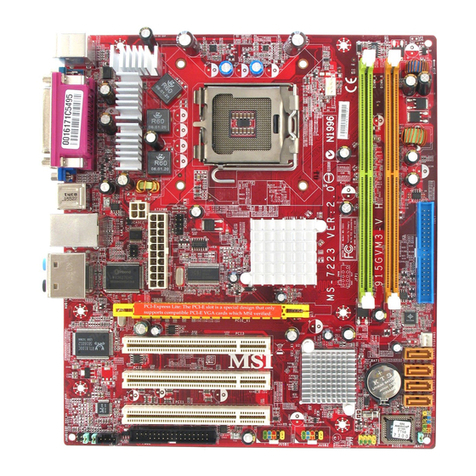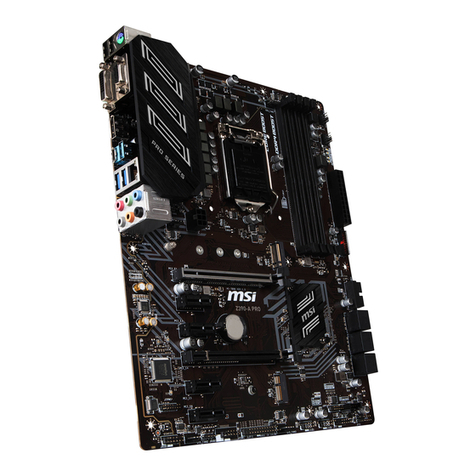MSI MS-6183E User manual
Other MSI Motherboard manuals
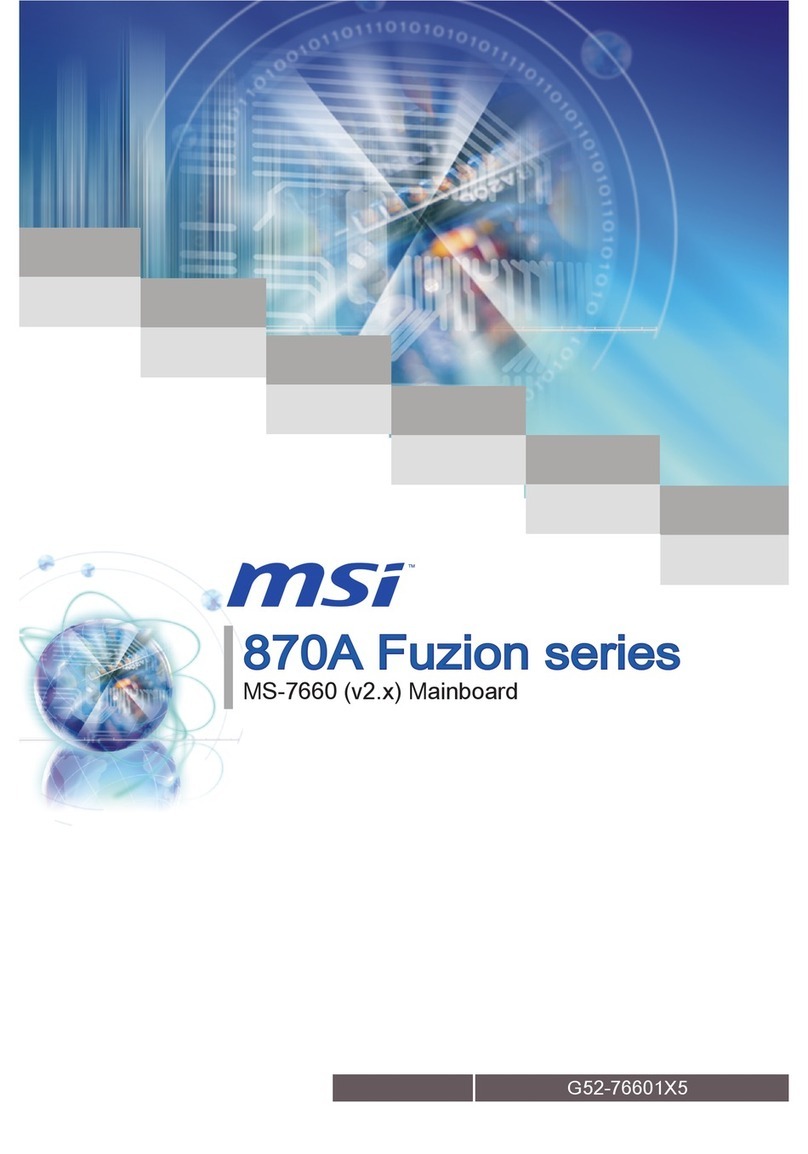
MSI
MSI 870A Fuzion Power Edition series User manual

MSI
MSI Z270 KRAIT GAMING User manual
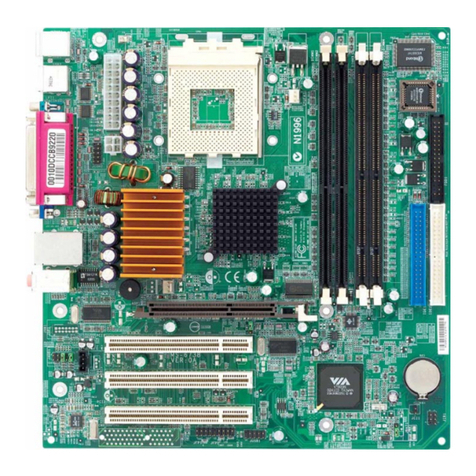
MSI
MSI KM2M Combo User manual

MSI
MSI 915G Neo2-FR User manual
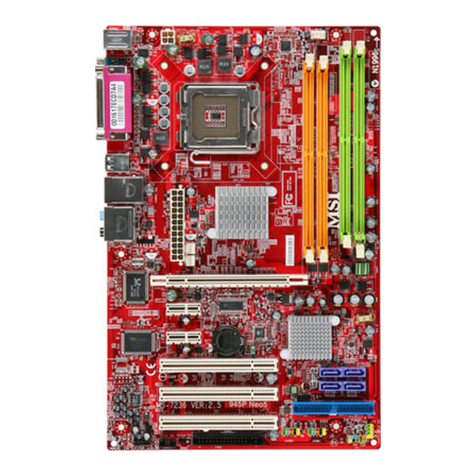
MSI
MSI 945PL Neo5 Series User manual
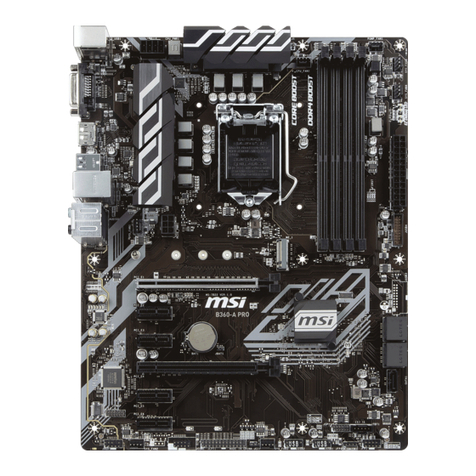
MSI
MSI B360-A PRO User manual
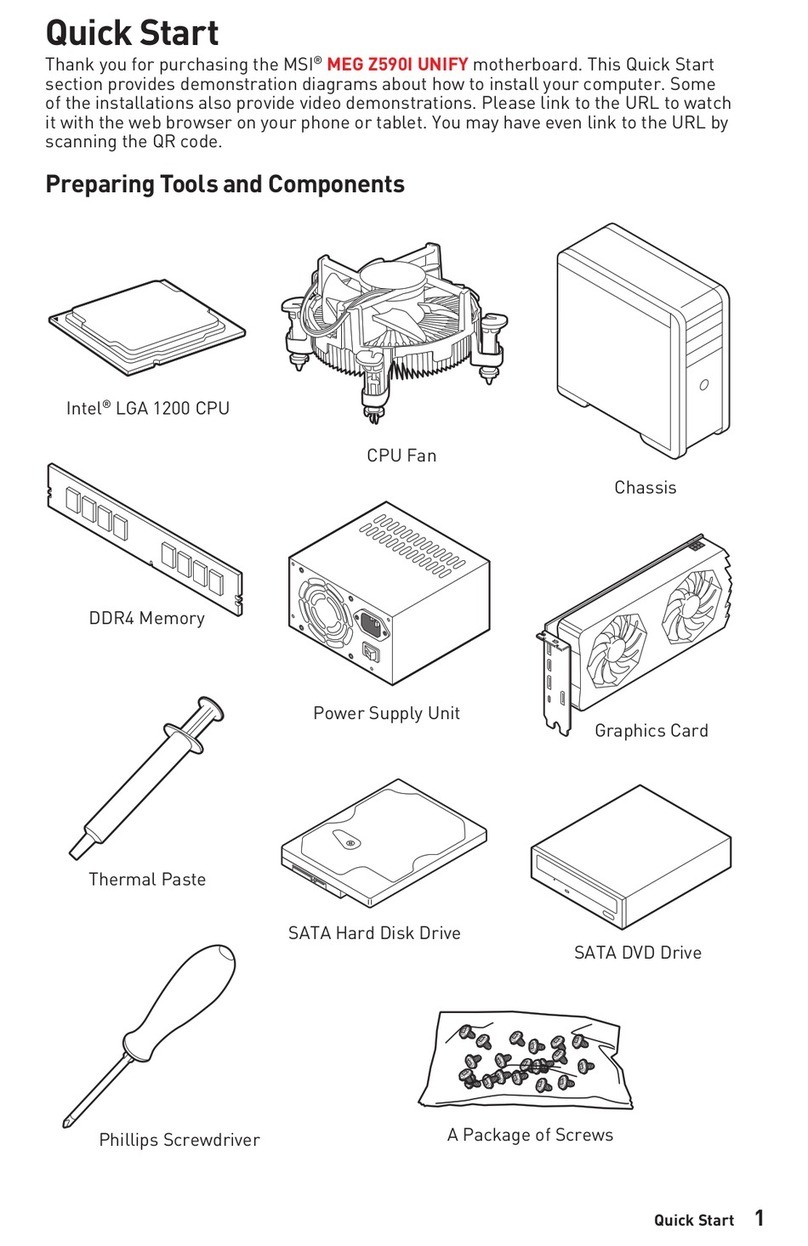
MSI
MSI MEG Z590I UNIFY User manual
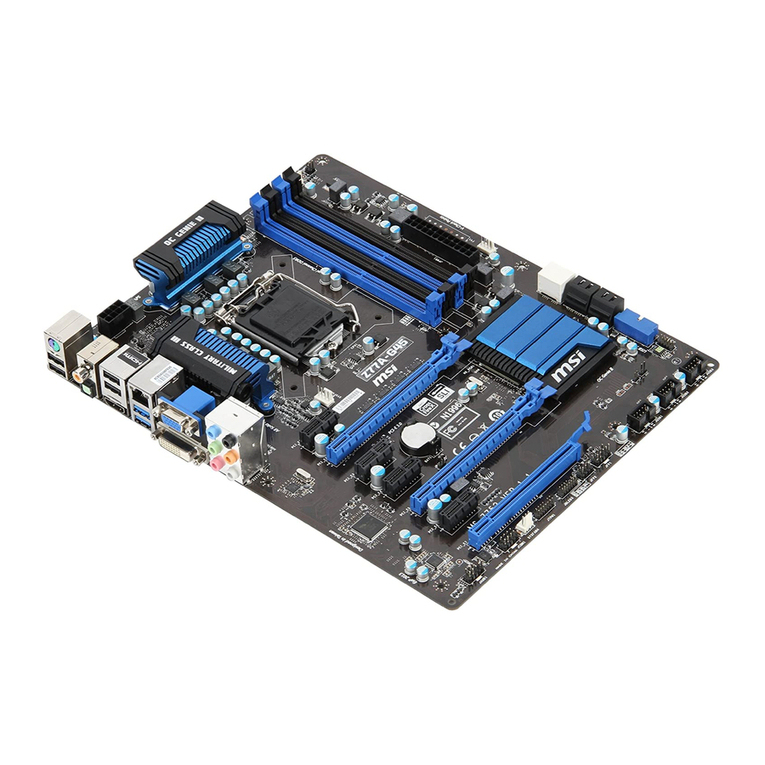
MSI
MSI Z77 MPower series User manual

MSI
MSI Z490M-S01 User manual
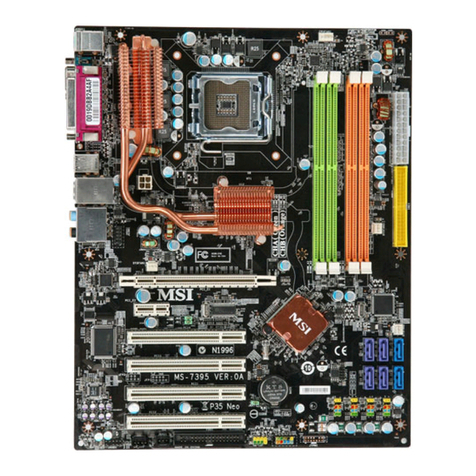
MSI
MSI EFINITY Series User manual
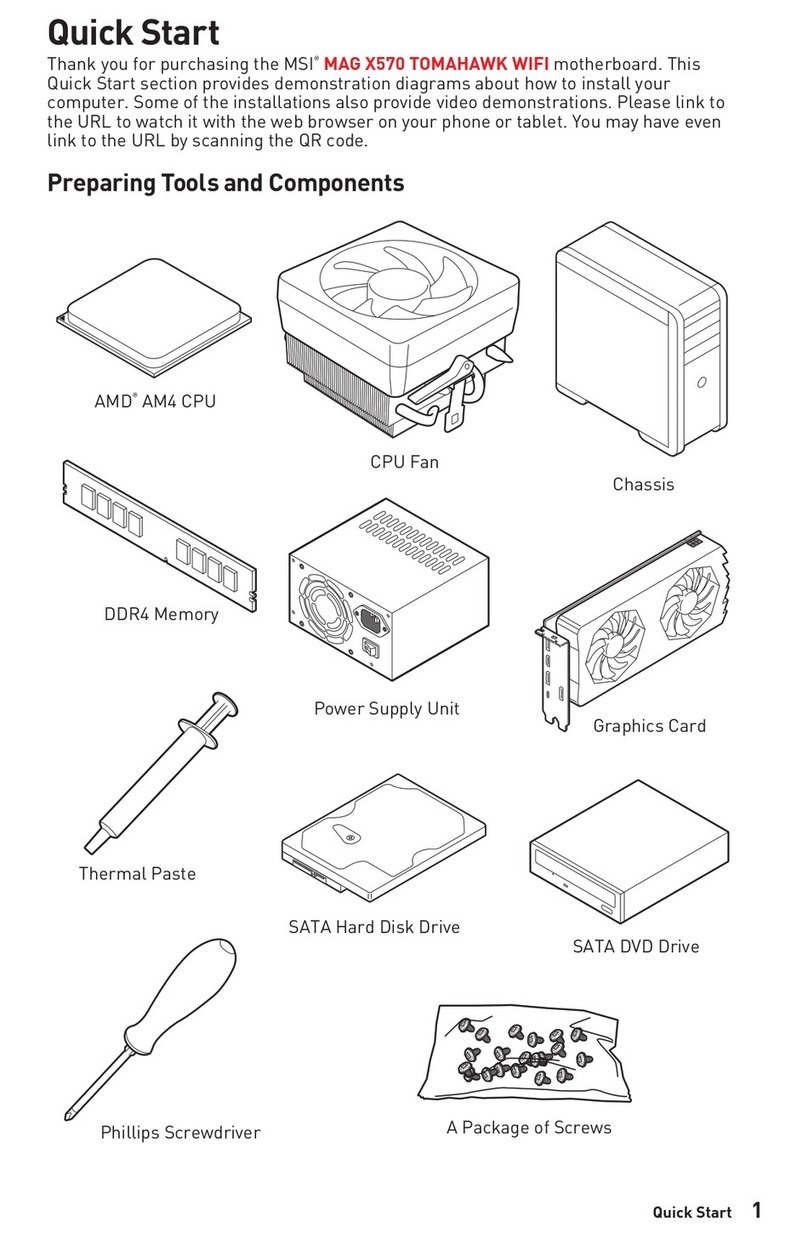
MSI
MSI MAG X570 TOMAHAWK WIFI User manual
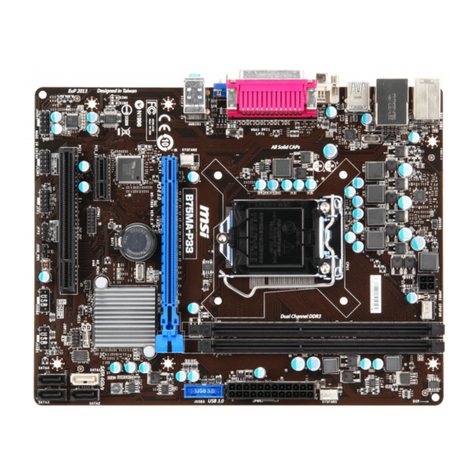
MSI
MSI B75MA-P33 series User manual

MSI
MSI MS-7236 User manual

MSI
MSI G41M-P34 User manual
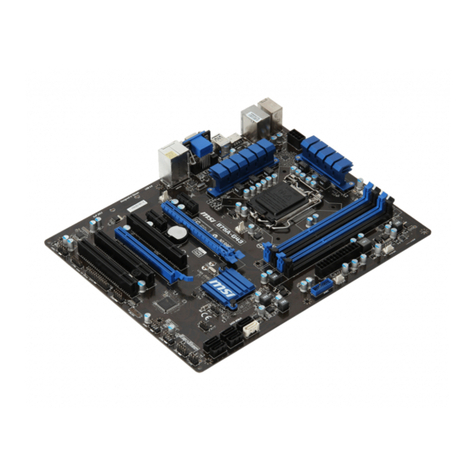
MSI
MSI B75A-G43 seres User manual
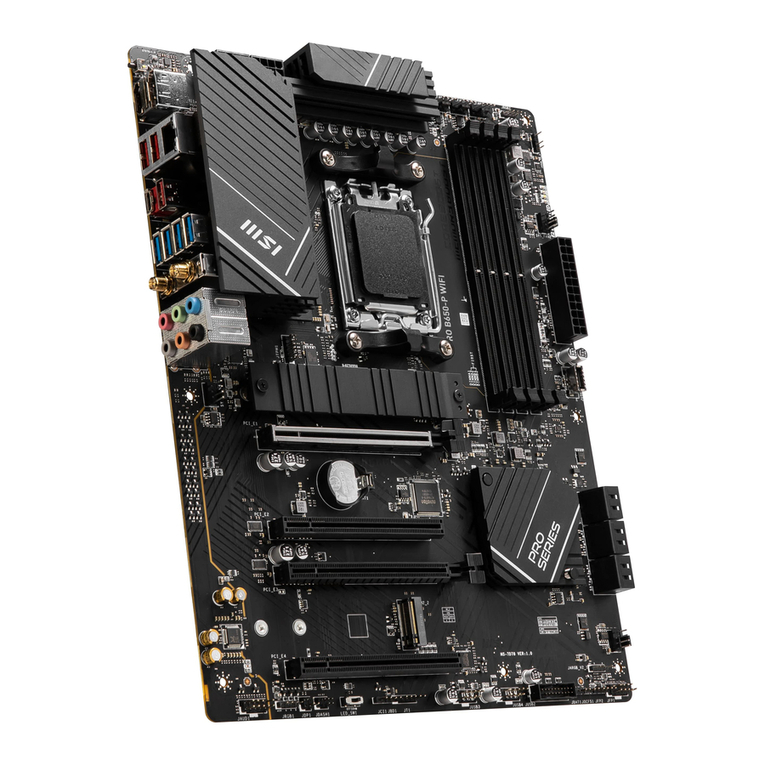
MSI
MSI PRO B650-P WIFI User manual

MSI
MSI Z87I User manual

MSI
MSI Z170I gaming pro ac User manual
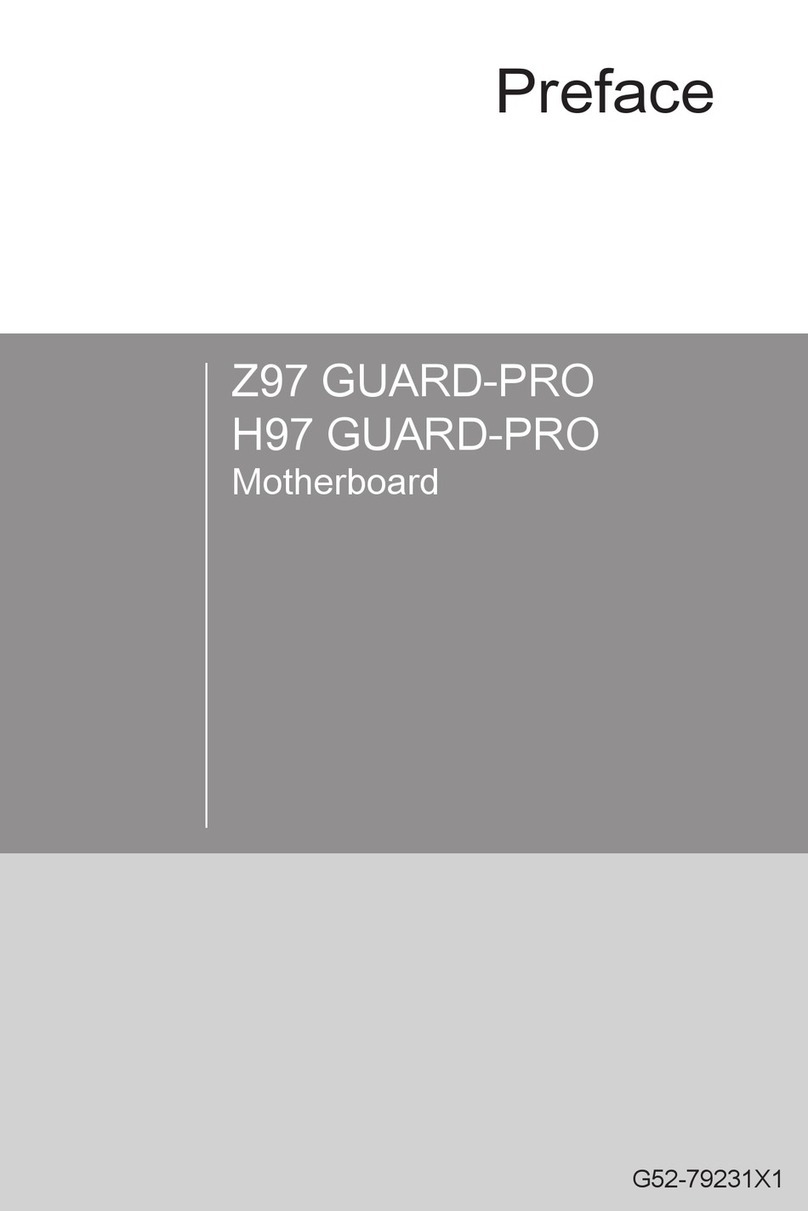
MSI
MSI Z97 GUARD-PRO User manual
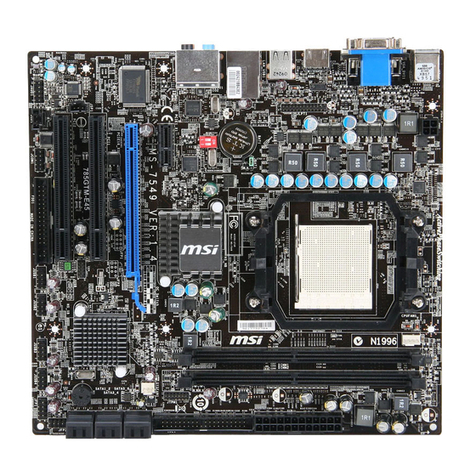
MSI
MSI 785GTM-E45 - Motherboard - Micro ATX User manual

